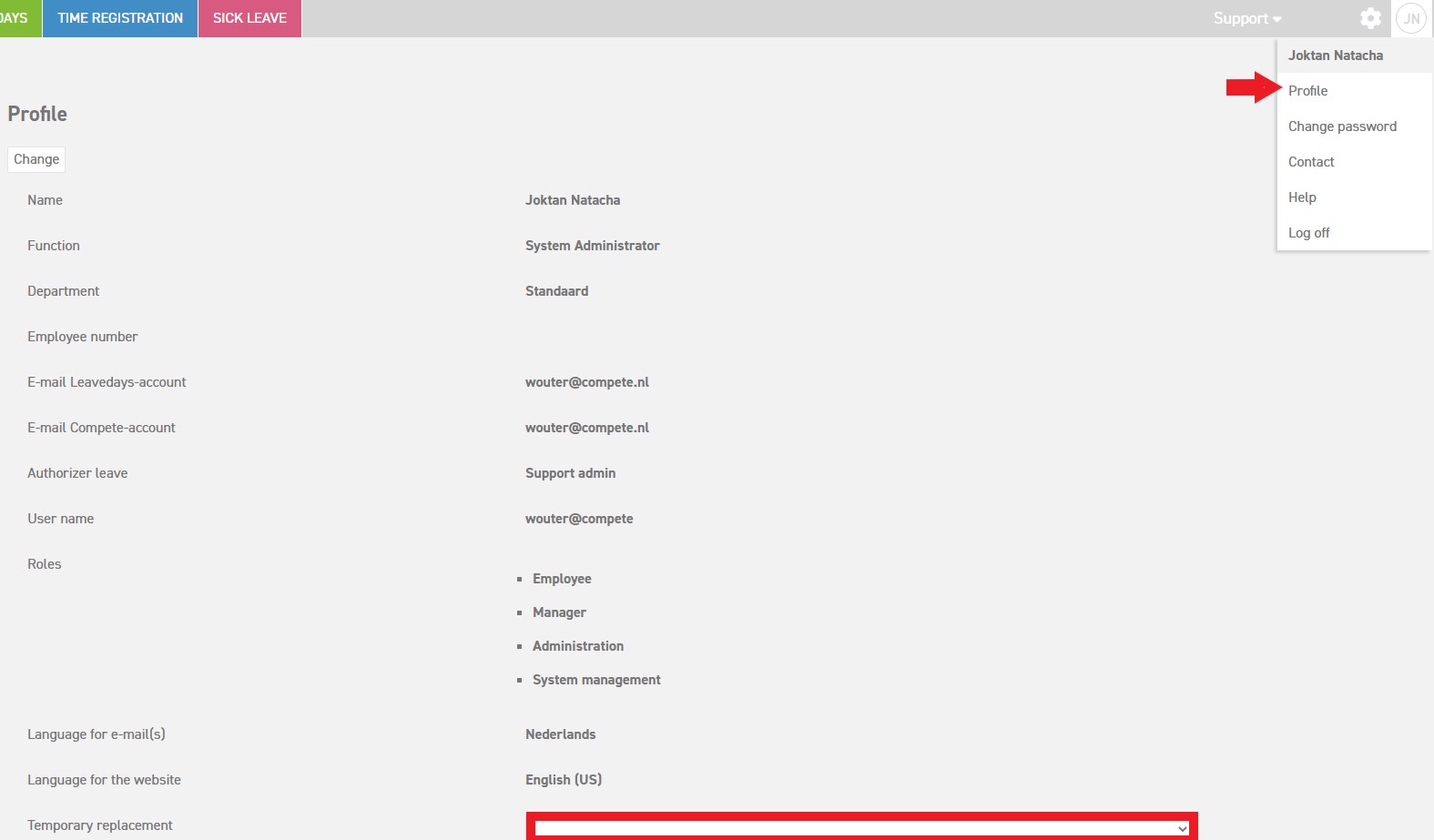Let’s face it, folks—life is unpredictable, and sometimes you need a temporary replacement to keep things running smoothly. Whether it’s filling in for a key position at work, handling a sudden absence in your personal life, or even managing unexpected situations, having the right temporary replacement can make all the difference. But what exactly does it mean when we talk about a "temporary replacement 3 full"? And how do you ensure you’re making the right decision?
Imagine this: you’ve got a team of five, but one member is out on leave for three months. Suddenly, the workload shifts, and the pressure builds. A temporary replacement could be your saving grace. But finding the right person—or system—to step in isn’t as easy as it sounds. You’ve got to consider skills, experience, and compatibility. It’s like trying to find the perfect puzzle piece when the stakes are high.
In this article, we’ll break down everything you need to know about temporary replacements, focusing on the concept of "temporary replacement 3 full." We’ll cover the ins and outs, from identifying the right candidate to ensuring a smooth transition. So grab a cup of coffee, sit back, and let’s dive into the world of temporary solutions!
Read also:Get To Know Simi Khadra Dj And Influencer
Table of Contents:
- What is a Temporary Replacement 3 Full?
- Why Temporary Replacements Matter
- Key Factors to Consider
- How to Identify the Right Candidate
- The Role of Technology in Temporary Replacements
- Common Challenges and Solutions
- Tips for a Smooth Transition
- Case Studies: Real-Life Examples
- The Future of Temporary Replacements
- Final Thoughts and Call to Action
What is a Temporary Replacement 3 Full?
Alright, let’s start with the basics. When we talk about "temporary replacement 3 full," we’re referring to a situation where someone—or something—steps in to cover a role for a defined period, typically three full months. This could apply to various scenarios, from hiring a temp worker to implementing a temporary software solution. The key here is that it’s not just a quick fix; it’s a well-thought-out plan to bridge the gap until the permanent solution is in place.
Think of it like this: if your car breaks down and you need wheels for three months, you wouldn’t just grab any old clunker. You’d want something reliable, efficient, and capable of handling your daily needs. The same logic applies to temporary replacements in the workplace or personal life.
Understanding the Scope
Temporary replacements aren’t just for filling in gaps in the workforce. They can also apply to systems, processes, or even personal responsibilities. For example:
- In a corporate setting, a temp worker might step in to manage a project while the regular team leader is on leave.
- In a tech environment, a temporary software patch might be implemented to address a critical issue until a permanent fix is developed.
- In personal life, a family member might take over household responsibilities while another is dealing with a health issue.
Each scenario requires a tailored approach, but the underlying principle remains the same: finding the right fit for the job.
Why Temporary Replacements Matter
Here’s the deal: life doesn’t stop when someone is out of the picture, whether it’s due to vacation, illness, or other unforeseen circumstances. Temporary replacements play a crucial role in maintaining productivity, ensuring continuity, and minimizing disruption. Without them, businesses could grind to a halt, and personal lives could spiral into chaos.
Read also:Rapper Foolio Shot And Killed New Details Emerge
According to a study by the Society for Human Resource Management (SHRM), organizations that effectively utilize temporary workers report higher levels of productivity and employee satisfaction. That’s because having a solid plan in place reduces stress and ensures that tasks are completed on time.
The Economic Impact
Temporary replacements also have a significant economic impact. In 2022, the staffing industry generated over $140 billion in revenue in the United States alone. This highlights the growing demand for flexible workforce solutions, especially in industries like healthcare, IT, and manufacturing.
Key Factors to Consider
Now that we’ve established the importance of temporary replacements, let’s talk about what you need to consider when selecting one. Here are some key factors to keep in mind:
- Skills and Experience: Does the candidate possess the necessary skills to perform the job effectively? For example, if you’re looking for a temporary IT specialist, they should have a solid understanding of the systems and technologies your company uses.
- Compatibility: Will the temporary replacement mesh well with your existing team? Cultural fit is just as important as technical expertise.
- Availability: Can the candidate commit to the required timeframe? A temporary replacement who can only work part-time might not be the best fit for a full-time role.
- Cost: How much will it cost to bring in a temporary replacement? While it’s tempting to go for the cheapest option, remember that quality often comes at a price.
Assessing the Candidate
When evaluating potential candidates, don’t be afraid to ask tough questions. Conduct interviews, review portfolios, and even consider trial periods to ensure you’re making the right choice. Remember, a temporary replacement is only as good as the effort you put into finding them.
How to Identify the Right Candidate
Finding the right temporary replacement can feel like searching for a needle in a haystack, but it doesn’t have to be. Here are some strategies to help you identify the perfect fit:
1. Define the Role Clearly
Before you start looking for candidates, make sure you have a clear understanding of the role you’re trying to fill. What are the key responsibilities? What skills are required? The more specific you can be, the easier it will be to find the right person.
2. Leverage Your Network
Sometimes the best candidates come from your existing network. Reach out to colleagues, friends, or professional contacts to see if they know anyone who might be a good fit. Word-of-mouth recommendations can be invaluable.
3. Use Recruitment Agencies
If you’re short on time or resources, consider working with a recruitment agency. They have access to a wide pool of candidates and can help you find the right person quickly.
The Role of Technology in Temporary Replacements
In today’s digital age, technology plays a crucial role in managing temporary replacements. From online job boards to AI-driven recruitment tools, there are countless resources available to help you find the right candidate. Here are a few examples:
- LinkedIn: A powerful platform for connecting with professionals in your industry.
- Indeed: One of the largest job search engines, offering a wide range of temporary and contract positions.
- Freelancer Platforms: Websites like Upwork and Fiverr allow you to hire freelancers for short-term projects.
Embracing Automation
Automation tools can streamline the recruitment process, saving you time and effort. For example, AI-powered chatbots can screen candidates, schedule interviews, and even provide initial feedback. However, it’s important to strike a balance between technology and human interaction to ensure you’re making the right decisions.
Common Challenges and Solutions
While temporary replacements can be a lifesaver, they’re not without their challenges. Here are some common issues you might encounter and how to address them:
- Resistance from Existing Team Members: Some employees may feel threatened by a temporary replacement. To mitigate this, communicate openly about the reasons for the hire and emphasize that it’s a temporary solution.
- Onboarding Issues: Bringing someone new up to speed can be time-consuming. Create a detailed onboarding plan to ensure a smooth transition.
- Quality Concerns: Not every temporary replacement will meet your expectations. Set clear performance metrics and regularly review progress to address any issues early on.
Staying Proactive
Don’t wait for problems to arise—be proactive in addressing potential challenges. Regular check-ins, open communication, and a supportive work environment can go a long way in ensuring a successful temporary replacement.
Tips for a Smooth Transition
Transitioning to a temporary replacement doesn’t have to be a headache. Here are some tips to make the process as smooth as possible:
- Set Clear Expectations: Make sure the temporary replacement understands their role and responsibilities from day one.
- Provide Adequate Support: Offer training, resources, and access to key contacts to help them hit the ground running.
- Monitor Progress: Regularly review performance to ensure the temporary replacement is meeting expectations.
Building Relationships
Remember, a temporary replacement is more than just a warm body filling a seat. Treat them with respect and invest in building a positive working relationship. Who knows? They might even become a permanent asset to your team.
Case Studies: Real-Life Examples
To give you a better understanding of how temporary replacements work in practice, let’s look at a couple of real-life examples:
Case Study 1: The Tech Startup
A small tech startup faced a crisis when their lead developer went on an extended leave. To keep the project on track, they hired a temporary developer with expertise in the required technologies. By clearly defining the role and providing adequate support, the startup was able to maintain productivity and meet their deadlines.
Case Study 2: The Healthcare Facility
A hospital experienced a staffing shortage due to an unexpected surge in patient admissions. They brought in temporary nurses to fill the gaps, ensuring that patient care wasn’t compromised. Through effective communication and collaboration, the temporary team seamlessly integrated with the existing staff.
The Future of Temporary Replacements
As the workforce continues to evolve, the demand for temporary replacements is only going to grow. With advancements in technology and shifting work dynamics, we’re likely to see more innovative solutions in the coming years. From AI-driven recruitment tools to remote work arrangements, the possibilities are endless.
Adapting to Change
To stay ahead of the curve, organizations need to be flexible and adaptable. Embrace new technologies, foster a culture of continuous learning, and be open to exploring alternative work arrangements. The future of temporary replacements is bright, and those who embrace it will thrive.
Final Thoughts and Call to Action
In conclusion, temporary replacements are a vital component of modern work and life. Whether you’re filling in for a key position, managing unexpected absences, or implementing a temporary solution, finding the right fit can make all the difference. By following the tips and strategies outlined in this article, you’ll be well-equipped to navigate the world of temporary replacements.
So, what are you waiting for? Take action today! Share this article with your colleagues, leave a comment with your thoughts, or explore our other resources to learn more about temporary replacements. Together, we can make the world a little smoother—one temporary solution at a time.


